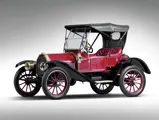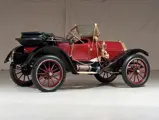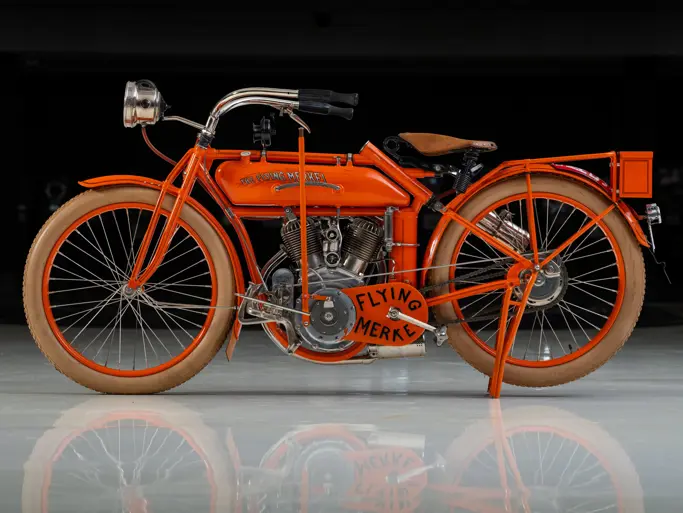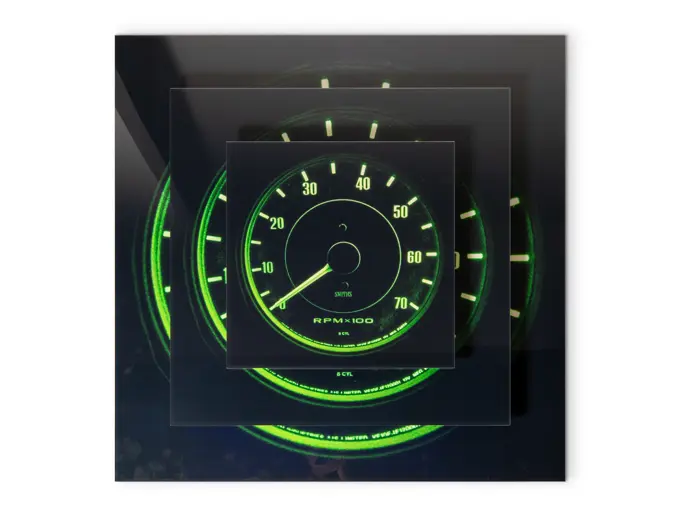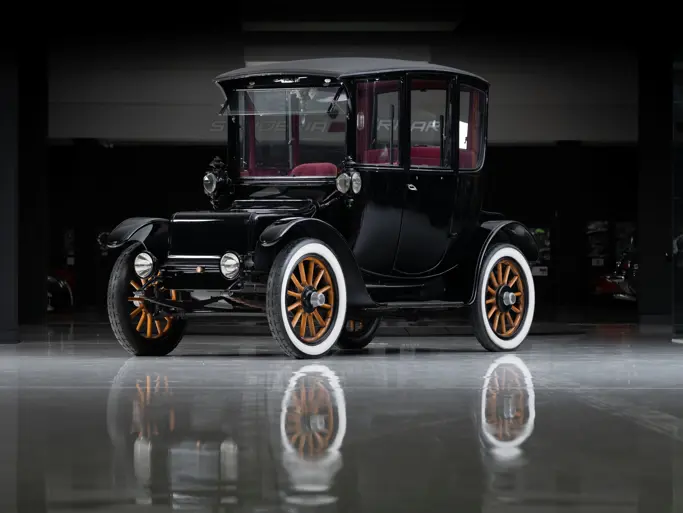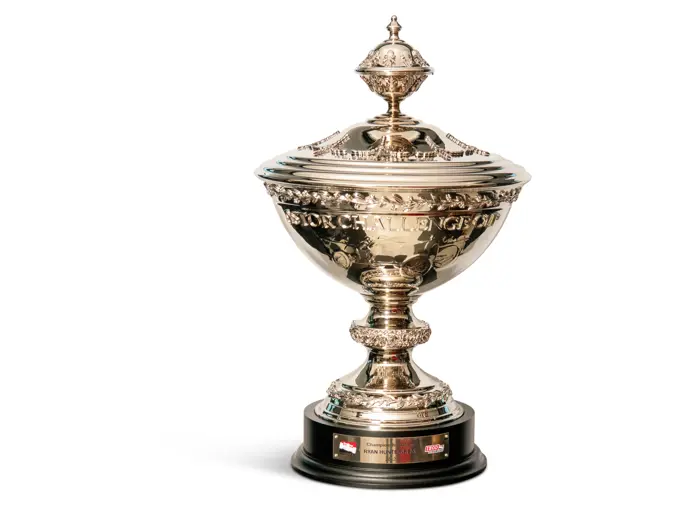St. John's 2012
1911 Overland Model 46 Torpedo Roadster
{{lr.item.text}}
$35,200 USD | Sold
 | Plymouth, Michigan
| Plymouth, Michigan
{{internetCurrentBid}}
{{internetTimeLeft}}

25 hp, 199 cu. in. inline L-head four-cylinder engine, two-speed planetary transmission, solid front axle and live rear axle with semi-elliptic leaf springs, and two-wheel mechanical drum brakes. Wheelbase: 102"
• Snappy, handsome roadster
• The third most popular car in 1910
• Offered from the Estate of John O’Quinn
Turnarounds in the automobile industry are nothing new, even before 1910 rescue efforts targeted foundering car companies. A prime example was the Overland Company, of Indianapolis, Indiana. Charles Minshall and Claude Cox collaborated in 1903 to build a small runabout they christened “Overland,” a name appropriate for its intended purpose. A fairly advanced automobile for its day, it had a single-cylinder engine in front, two-speed planetary transmission, and a jump-spark ignition. Sales increased encouragingly, but profits were elusive. By 1907, the company was in a cash flow crisis.
To the rescue came Elmira, New York dealer John North Willys, who was unable to get cars from the factory to fulfill his many orders and went to Indianapolis to investigate. Willys was not only a brilliant salesman, he was a good manager as well. Within months he had production humming again, assembling cars in a circus tent because orders exceeded factory space. By 1910, Overland was the third-best-selling car in America, after Ford and Buick. By 1912, the marque would rise to second place.
This handsome Overland Model 38 Roadster was acquired by Mr. O’Quinn in 2005 from Edgar Allen Morgan, of Scotts Valley, California. An older restoration, it presents well in red over black fenders with complementing red leather upholstery and a black canvas top, which are elegantly set off by brass lights, horn, and windshield. The engine compartment is correct and clean. In 1910, Overland was a rising star in the auto industry. Within two years it would begin a seven-year reign as the second-place challenger to Henry Ford’s Model T, and this sprightly example aptly demonstrates why.

